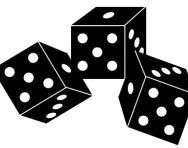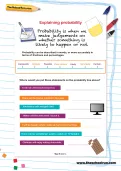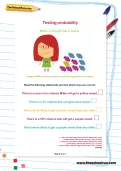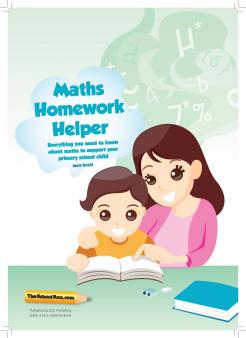Important update from TheSchoolRun
For the past 13 years, TheSchoolRun has been run by a small team of mums working from home, dedicated to providing quality educational resources to primary school parents. Unfortunately, rising supplier costs and falling revenue have made it impossible for us to continue operating, and we’ve had to make the difficult decision to close. The good news: We’ve arranged for another educational provider to take over many of our resources. These will be hosted on a new portal, where the content will be updated and expanded to support your child’s learning.
What this means for subscribers:
- Your subscription is still active, and for now, you can keep using the website as normal — just log in with your usual details to access all our articles and resources*.
- In a few months, all resources will move to the new portal. You’ll continue to have access there until your subscription ends. We’ll send you full details nearer the time.
- As a thank you for your support, we’ll also be sending you 16 primary school eBooks (worth £108.84) to download and keep.
A few changes to be aware of:
- The Learning Journey weekly email has ended, but your child’s plan will still be updated on your dashboard each Monday. Just log in to see the recommended worksheets.
- The 11+ weekly emails have now ended. We sent you all the remaining emails in the series at the end of March — please check your inbox (and spam folder) if you haven’t seen them. You can also follow the full programme here: 11+ Learning Journey.
If you have any questions, please contact us at [email protected]. Thank you for being part of our journey it’s been a privilege to support your family’s learning.
*If you need to reset your password, it will still work as usual. Please check your spam folder if the reset email doesn’t appear in your inbox.
Probability and estimates

Understanding and working with probability and estimates are core maths skills that your child will be taught at primary school, and probably at some stage they'll come home with homework to help reinforce learning in this area.
Explore probability worksheets and estimates resources
Probability tells us how likely something is to happen and estimating means roughly calculating or judging a number or value.
If you child comes to you for help with a probability question or has to do some estimating practice, you'll need to understand how the subjects are taught in school nowadays and what the National Curriculum objectives are for your child's school year. Read up on key concepts like probability, chance and likelihood, how to use estimation to help with calculations (like how much an elephant weighs) and how probability can be described in words, or more accurately in terms of fractions and percentages.
Then explore our useful, teacher-created worksheets, all divided by school year, including how to understand the language of probability, estimate and measure time, probability word problems and using estimating to check calculations.
Want to make it fun? Have a go at our Probability Piranhas game, Estimate the price game or Make a spinning top game. All these resources are PDF downloads that you can easily print out, and they include answers.
Worksheets
Search all Probability and estimates worksheets by year
Maths Homework Helper
Created by author, deputy headteacher and parent Matt Revill, Maths Homework Helper brings together everything you need to get to grips with this vital subject and life skill. With this eBook, you can support your child's maths learning effectively at home – from Reception Year, right through to the end of Year 6.
With Matt's help, you’ll discover how to tackle all the different topics your child will encounter – from addition and subtraction, to ratios and percentages – and get familiar with all the latest methods used in schools, including:
- Chunking
- The grid method
- Number bonds
- Carroll diagrams
- Number lines
- And more!
Whatever age or stage your child is at, it's reassuring to know that you have all the essential areas of maths under your belt, so you're ready to go if, and when, they call on you for help.






